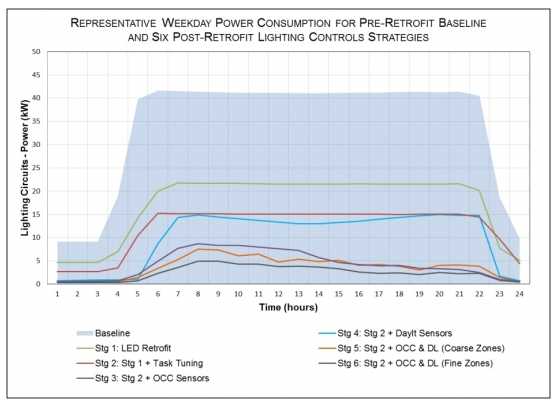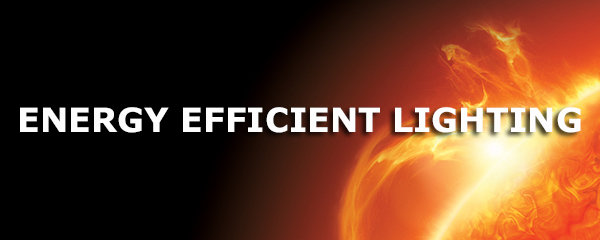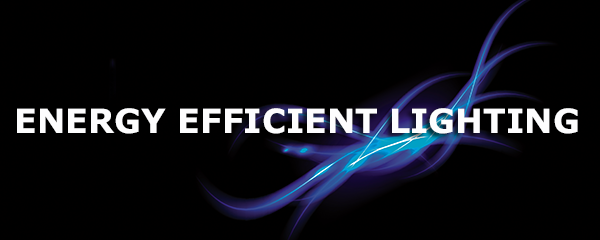Adequate lighting is not only a practical necessity but, under Work Place Health & Safety requirements (AS 1680), something every Australian business and workplace must comply with, i.e. it is not optional.
Unlike residential lighting, which is used intermittently and typically comprises only a small percentage of an average household’s power bill, Commercial Lighting is usually switched on for all hours of operation and consequently forms a much higher percentage of an average commercial power bill. The exact percentage will vary, depending upon the type of business, but 15-25% is quite common.
Over recent years, the tremendous cost savings that new lighting technologies, at the forefront of which is Light Emitting Diodes (LEDs), can deliver has seen ‘old’ lighting, like incandescent, fluorescent, halogen and high-intensity discharge (HID) lighting, progressively being replaced by new lighting technologies,
Although the initial purchase price of LED lighting is slightly higher than that of less energy efficient equivalents, their lower energy consumption means energy cost savings of about 50% are the norm, with payback periods usually less than 24 months and often much less than that.
In addition to the direct reduction in electricity consumption, because LEDs emit much less heat, energy cost savings can also be made with respect to air-conditioning – an additional 30% of the savings from Lighting is a widely accepted approximation.
When combined with LEDs greater longevity and reliability, meaning lower routine light maintenance and replacement costs, an energy efficient lighting upgrade has rightly been called ‘the lowest of low-hanging fruit’ when it comes to improving energy efficiency and minimizing energy costs.
LED Lighting also has another advantage – it is digitally controllable. This allows sophisticated lighting control measures such as light harvesting, occupancy sensors and different lighting levels for different areas from the same type of lamp – programmable lighting can extend control to individual lights!
This technology is slightly more expensive, although the cost is falling rapidly, but as the chart below shows, the additional energy efficiency gains and consequent cost minimization, beyond that achievable from a standard replacement by LEDs, is substantial, with lighting cost reductions up to 93% achievable.
 But beware: all lights are not made to the same standard and low-cost ‘bargains’ can quickly become high-priced ‘lemons’.
But beware: all lights are not made to the same standard and low-cost ‘bargains’ can quickly become high-priced ‘lemons’.
If you would like to discuss the energy cost savings your business can achieve by upgrading your Lighting to high quality, tier 1, LEDs, contact Richard Pryke on 0435 628 138 or email: {HERE}

